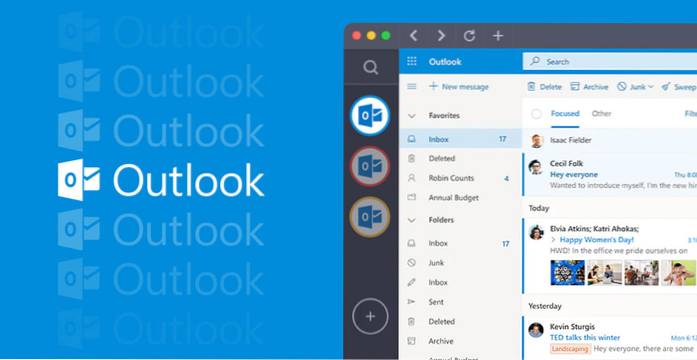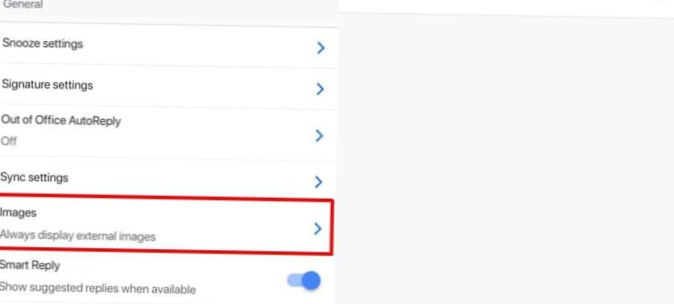- How do I download multiple files from an FTP server?
- How do I download multiple files at once?
- How do I download a file from FTP server using PowerShell?
- How do I copy multiple files from an FTP site?
- How do I download an entire FTP folder?
- How do I download files from FTP?
- How do I download multiple files from index?
- How do I download multiple files in one click?
- How do I download multiple files in Chrome?
- How do I download a file using PowerShell?
- How do I download a file from PowerShell?
- How do I connect to FTP using PowerShell?
How do I download multiple files from an FTP server?
To download multiple files from FTP server, we use mget command. Using that command we can download more than one file at a time. To download multiple files specify wildcard character for specifying directory name do download all files from the directory.
How do I download multiple files at once?
Help with downloading several web files.
- Run Download Multiple Web Files Software.
- Click "Add URL" button to add website url. "Load From File" button loads all website urls in a file. ...
- To destination folders, click "Add Folder(s)" to add a folder. ...
- To start download web files, click "Download Web Files" button.
How do I download a file from FTP server using PowerShell?
Tutorial Powershell - Download files from FTP server
- $username='test'
- $password='123qwe'
- $ftp='ftp://192.168.2.222'
- $subfolder='/'
-
- $ftpuri = $ftp + $subfolder.
- $uri=[system.URI] $ftpuri.
- $ftprequest=[system.net.ftpwebrequest]::Create($uri)
How do I copy multiple files from an FTP site?
To copy multiple files at once, use the mput command. You can supply a series of individual file names and you can use wildcard characters. The mput command copies each file individually, asking you for confirmation each time. To close the ftp connection, type bye .
How do I download an entire FTP folder?
FTP protocol doesn't support directory download.
...
- Open an Explorer window. Click on the Start menu, then select My Computer .
- If a login is necessary, a dialog box will appear.
- A listing of all directories and files of the server will appear.
- Copy the files just as you would with a normal folder.
How do I download files from FTP?
To transfer files via FTP using your web browser in Windows:
- From the File menu, choose Open Location....
- You will be prompted for your password. ...
- To download a file, drag the file from the browser window to the desktop. ...
- To upload a file, drag the file from your hard drive to the browser window.
How do I download multiple files from index?
- make a text file with the urls of the files to download (i.e. file. txt)
- put the 'file. txt' in the directory where you want to download the files.
- open the terminal in the download directory from the previous lin.
- download the files with the command 'wget -i file. txt'
How do I download multiple files in one click?
Zip the selected files and return the one zipped file. Open multiple pop-ups each prompting for a download.
How do I download multiple files in Chrome?
Google Chrome - Allow Websites to Perform Simultaneous Downloads
- Open Google Chrome and click Customize / Control Google Chrome > Settings.
- Click on + Show advanced settings.
- Go to Privacy > Content Settings.
- In the Automatic Downloads section, select Allow all sites to download multiple files automatically.
How do I download a file using PowerShell?
3 ways to download files with PowerShell
- Invoke-WebRequest. The first and most obvious option is the Invoke-WebRequest cmdlet. ...
- System. Net. ...
- Start-BitsTransfer. If you haven't heard of BITS before, check this out.
How do I download a file from PowerShell?
The first method in PowerShell to download files is by using the Invoke-WebRequest cmdlet. Perhaps the most used cmdlet in this article, Invoke-WebRequest , can download HTTP, HTTPS, and FTP links.
How do I connect to FTP using PowerShell?
First, you need to download the PSFTP module – https://gallery.technet.microsoft.com/scriptcenter/PowerShell-FTP-Client-db6fe0cb; once downloaded, you need to extract it into your PowerShell modules directory, depending on your OS and environment path configuration, the Modules directory could vary but mine was in C:\ ...
 Naneedigital
Naneedigital



